20 Movie Beginnings So Confusing or Cringe That They Ruin the Whole Experience
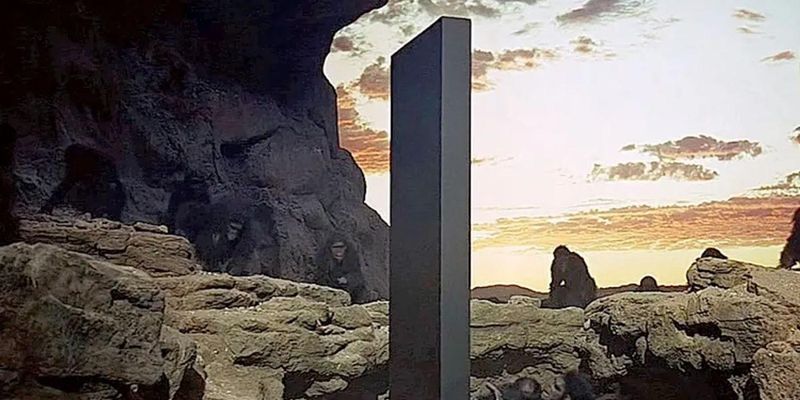
First impressions matter, especially in movies. A strong opening can hook audiences and set the stage for an unforgettable experience. But when a film starts with something confusing, cringeworthy, or just plain bizarre, it can turn viewers off before the story even gets going.
Here are twenty movie openings that left audiences scratching their heads or reaching for the remote.
1. The Confusing Dream Sequence in Vanilla Sky

Cameron Crowe’s psychological thriller kicks off with Tom Cruise sprinting through a completely deserted Times Square. No explanation is given, no context provided, just eerie silence in one of the world’s busiest locations. Viewers immediately feel disoriented, wondering if they accidentally started the movie in the wrong place or missed crucial opening scenes.
This jarring introduction sets a tone of confusion that permeates much of the film. While the mystery eventually makes sense within the plot’s dream-versus-reality framework, that first impression leaves many people frustrated. Some audiences give up before understanding what’s happening, assuming the entire movie will be this bewildering.
The choice to open with such an abstract sequence was intentional but risky. It works for viewers who enjoy puzzles and don’t mind feeling lost temporarily. However, for those expecting a straightforward romantic drama, this beginning signals something far more complicated and potentially alienating than anticipated.
2. Batman v Superman: The Third Retelling of Bruce Wayne’s Parents’ Murder
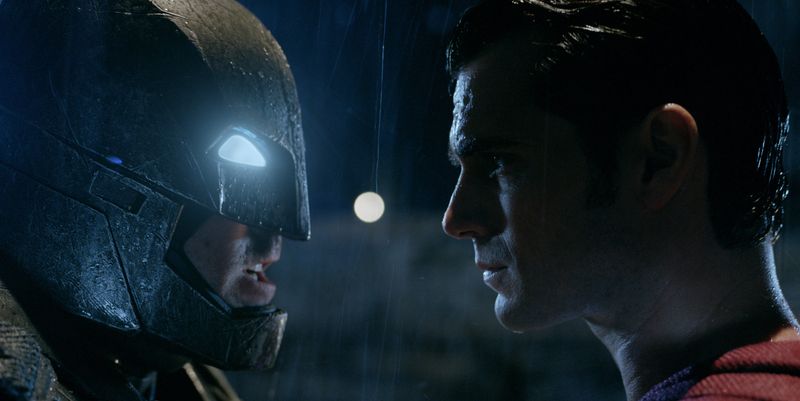
Audiences have witnessed the Wayne family tragedy countless times across multiple films, TV shows, and comics. When Batman v Superman opens with yet another slow-motion depiction of Thomas and Martha Wayne’s murder, groans could practically be heard in theaters. Everyone knows this story by heart, making the retread feel unnecessary and tedious.
Director Zack Snyder presents the scene with his signature stylized visuals, complete with floating pearls and dramatic music. But the artistic flourishes can’t disguise the fact that this is well-worn territory. Viewers came to see Batman fight Superman, not sit through an origin story they’ve seen dozens of times before.
This opening immediately signals that the film might prioritize style over substance. It wastes precious minutes rehashing familiar material instead of jumping into new, exciting territory. For a movie already criticized for being overstuffed and overlong, starting with this exhausted scene was a questionable decision.
3. Star Wars: The Phantom Menace and Its Trade Negotiation Crawl
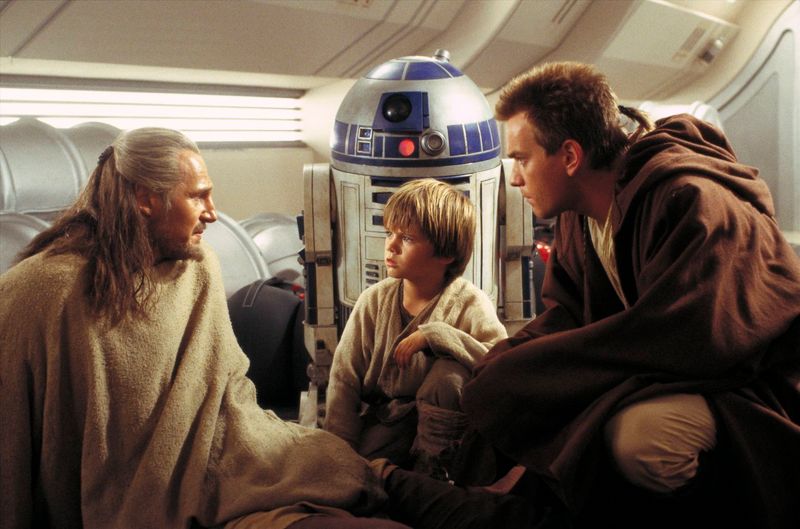
After sixteen years of waiting for new Star Wars content, fans expected epic space battles and Jedi adventures. Instead, the iconic opening crawl mentioned taxation of trade routes, blockades, and political negotiations. The sheer mundanity of these topics clashed violently with expectations for a galaxy far, far away filled with lightsabers and the Force.
George Lucas attempted to ground his prequel trilogy in political intrigue, but starting with bureaucratic disputes felt like homework rather than entertainment. Young viewers especially struggled to care about trade federations and senate procedures. The magic of Star Wars always came from swashbuckling adventure, not parliamentary discussions.
This tonal mismatch set the stage for many of the prequel trilogy’s problems. While the movie eventually delivers action sequences, that opening crawl immediately dampened enthusiasm. It transformed an eagerly anticipated return to Star Wars into something that felt surprisingly boring and overly complicated for what should be a fun space opera.
4. Indiana Jones and the Kingdom of the Crystal Skull: Surviving a Nuclear Blast in a Fridge

Harrison Ford’s beloved archaeologist has survived countless impossible situations, but escaping a nuclear explosion by hiding in a lead-lined refrigerator stretched credibility to the breaking point. This moment, occurring early in the film, became instantly infamous and even spawned the phrase “nuking the fridge” as a replacement for “jumping the shark.”
The scene plays out with Indy desperately climbing into an old fridge just before the atomic blast hits. He’s then thrown hundreds of yards through the air, tumbling across the desert landscape, and somehow emerges without a scratch. Even in a franchise known for impossible escapes, this felt absurdly over-the-top and scientifically ridiculous.
This opening action sequence immediately signaled that the film would prioritize spectacle over logic. Long-time fans who grew up with the original trilogy felt betrayed by such a cartoonish moment. It damaged the movie’s credibility before the story properly began, making it harder for audiences to take anything that followed seriously.
5. The Slow, Silent Opening of 2001: A Space Odyssey

Stanley Kubrick’s masterpiece is undeniably brilliant, but patience is required to appreciate its genius. The first fifteen minutes unfold without a single word of dialogue, showing apes discovering tools in prehistoric times. While artistically groundbreaking, this slow-burning sequence tests the limits of modern viewers accustomed to faster pacing.
Many people starting this film today expect immediate action or clear explanations. Instead, they get extended shots of primates grunting and fighting over watering holes. The deliberate pacing serves Kubrick’s vision perfectly, but casual moviegoers often lose interest before reaching the incredible space sequences.
This opening remains a divisive element even among film enthusiasts. Some consider it meditative and profound, while others find it painfully slow. Either way, it’s a challenging introduction that demands commitment from audiences who might not be prepared for such experimental storytelling from the very first frame.
6. Suicide Squad: A Choppy, Music-Video-Style Character Dump
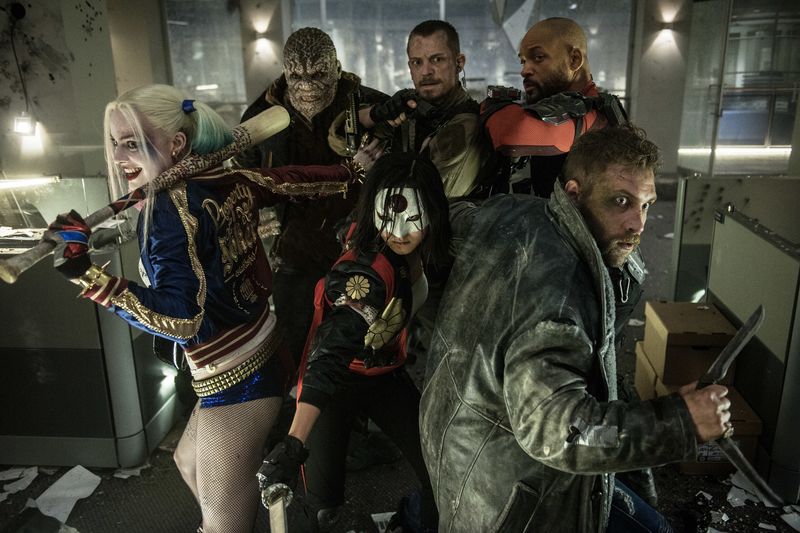
Rather than weaving character introductions organically into the story, Suicide Squad opens with a frantic series of flashy vignettes. Each team member gets a rapid-fire backstory accompanied by on-the-nose music choices and stylized graphics. The effect resembles a hyperactive music video more than a coherent film opening.
Viewers barely have time to process one character before being thrown into the next introduction. Information flies by so quickly that nothing sticks, leaving audiences confused about who these people are and why they should care. The editing feels desperate to seem cool and edgy but achieves only chaos and confusion.
This approach suggests the filmmakers lacked confidence in their story’s ability to naturally introduce these villains. Instead of trusting the narrative, they crammed everything into an overwhelming montage. The result is an opening that exhausts viewers rather than exciting them, setting a messy tone for the entire movie that follows.
7. Spectre’s Extended One-Take Sequence That Overstays Its Welcome

Director Sam Mendes crafted an impressive technical achievement with Spectre’s opening: a lengthy tracking shot following James Bond through Mexico City’s Day of the Dead festival. The camera glides through crowds, up buildings, and into action without any visible cuts. From a filmmaking perspective, it’s undeniably impressive and required meticulous choreography.
However, technical brilliance doesn’t always equal entertainment value. The sequence drags on for so long that the novelty wears off, and viewers start checking their watches instead of enjoying the spectacle. What should feel thrilling instead becomes a showcase of directorial ego, prioritizing style over substance and pacing.
Casual Bond fans expecting immediate excitement find themselves watching an extended travelogue that feels more like showing off than storytelling. The elaborate setup takes forever to reach any actual plot development. While film students might appreciate the craftsmanship, average moviegoers often find this opening tedious and self-indulgent rather than engaging.
8. The Amazing Spider-Man 2: The Distracting Parent Backstory
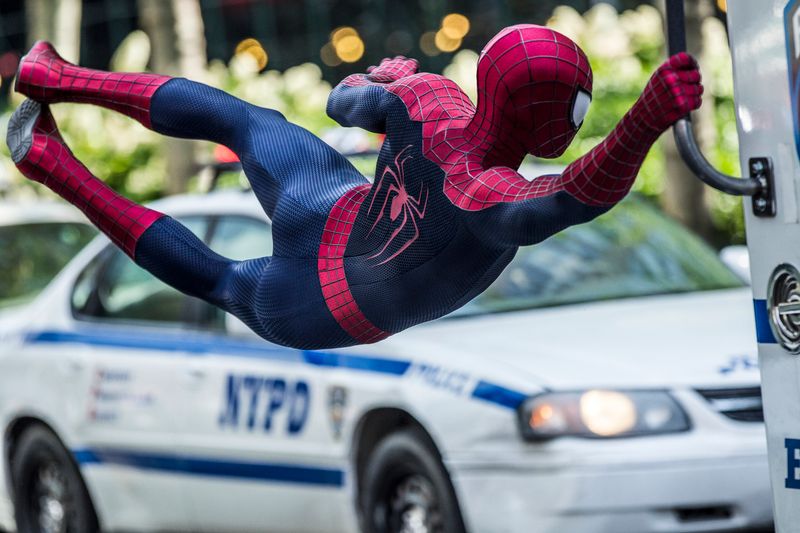
Before audiences even see Spider-Man swinging through New York, The Amazing Spider-Man 2 opens with an extended flashback to Peter Parker’s parents on an airplane.
This lengthy sequence shows them in some kind of spy scenario, uploading files and fighting bad guys before the plane crashes. Nobody asked for this backstory, and it feels completely disconnected from what people came to see.
The problem isn’t just that it’s unnecessary—it’s that it actively distracts from the main character. Viewers want to watch Peter Parker be Spider-Man, not spend ten minutes with characters who barely matter to the overall story. This opening suggests the film will focus on convoluted parent mysteries rather than exciting superhero action.
By the time the movie finally gets to present-day Spider-Man, valuable momentum has been lost. The opening feels like it belongs to a different, more serious spy thriller rather than a fun superhero adventure. It sets wrong expectations and wastes time on plot threads that never pay off satisfyingly.
9. The Last Airbender: Monotone, Over-Explained Narration
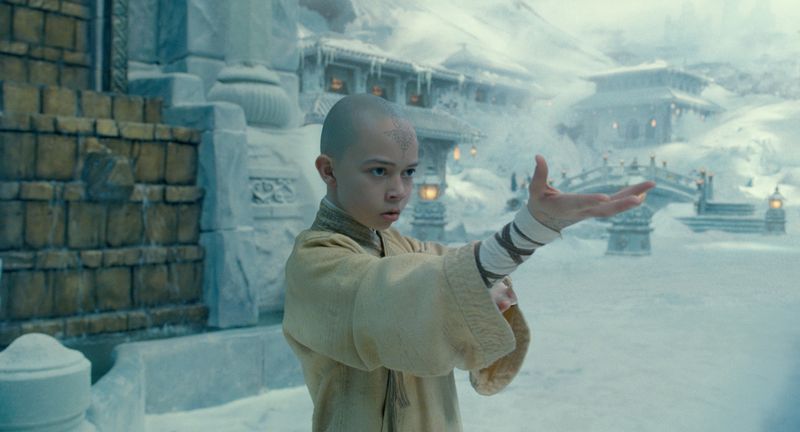
M. Night Shyamalan’s adaptation immediately stumbles by opening with a dull, lifeless voiceover explaining the film’s world in excruciating detail. The narrator drones on about the four nations, bending powers, and the Avatar’s role without any energy or emotion.
Instead of showing this rich world through action and character, the film tells everything in the most boring way possible.
This expository dump treats audiences like they can’t understand anything without having it spelled out word-for-word. The beloved animated series trusted viewers to learn about its world naturally through storytelling. The movie, however, opts for a lazy infodump that kills excitement before the story even begins.
Fans of the original show felt insulted by this simplistic, over-explained opening. New viewers found it tedious and confusing despite all the explanation. Either way, it set a terrible tone that signaled the film wouldn’t capture any of the source material’s charm, humor, or excitement.
10. The Rise of Skywalker: The Dead Speak!
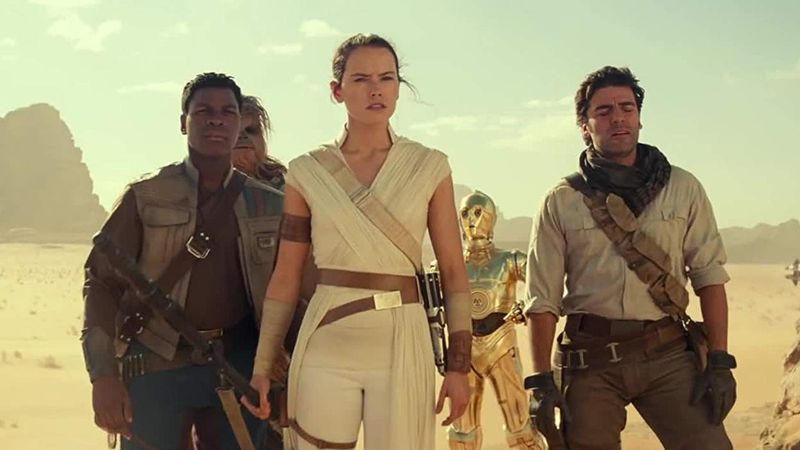
Star Wars films traditionally use their opening crawls to catch audiences up on events between movies. The Rise of Skywalker, however, drops a bombshell revelation in its very first line: “The dead speak!” This refers to Emperor Palpatine’s return, a massive plot point that deserved proper buildup and explanation, not a casual mention in scrolling text.
Fans felt blindsided by this approach to storytelling. Instead of earning this shocking development through narrative, the film simply announces it and expects everyone to roll with it. The crawl continues dumping more confusing information, leaving viewers bewildered before the movie even properly starts.
This opening exemplifies the film’s larger problems with rushed, poorly explained plotting. Major story developments get tossed out carelessly rather than being woven into satisfying narrative arcs. Starting with such a baffling crawl immediately put audiences on edge, questioning whether the movie would make any sense at all. Spoiler alert: many felt it didn’t.
11. The Dark Tower: Rushed Kidnapping and Random Worldbuilding
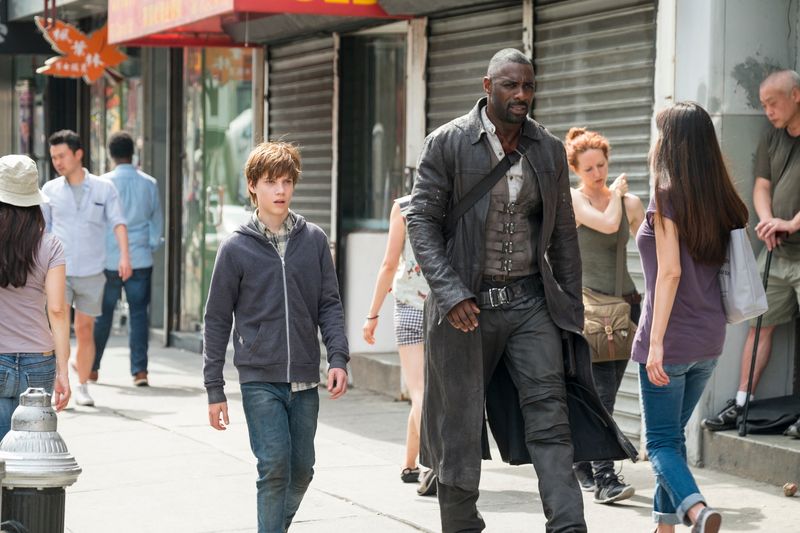
Adapting Stephen King’s epic eight-book series was always going to be challenging, but The Dark Tower’s opening makes it nearly impossible to follow.
The film starts in the middle of things with children being kidnapped, mysterious psychic powers, and references to other worlds. No context is provided, no characters are properly introduced, just confusion from frame one.
Viewers unfamiliar with the source material feel completely lost, while fans of the books are frustrated by how much essential worldbuilding gets skipped. The opening assumes everyone already understands the mythology, but that’s a terrible assumption for a film hoping to launch a franchise. It feels like starting a movie halfway through.
This rushed beginning suggests the filmmakers had no idea how to introduce this complex story to general audiences. Instead of taking time to establish the world and characters, they throw everything at the screen at once. The result is an opening that confuses rather than intrigues, leaving viewers struggling to care about what’s happening.
12. Valerian and the City of a Thousand Planets: The Odd Musical Montage
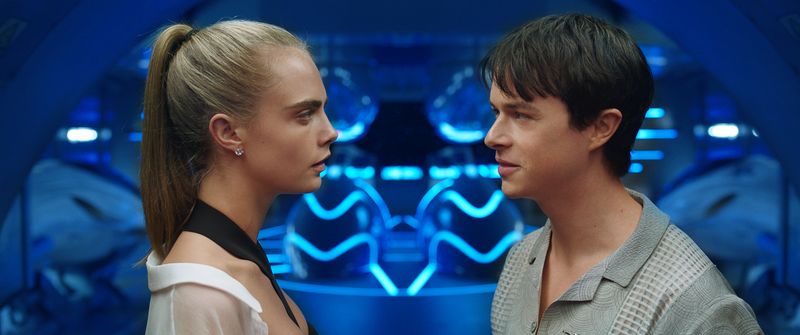
Director Luc Besson opens Valerian with a lengthy montage showing the space station Alpha’s construction over centuries. Set to David Bowie’s “Space Oddity,” the sequence shows various alien species meeting and greeting each other in increasingly bizarre ways.
While visually creative, it goes on far too long and establishes a whimsical, lighthearted tone that clashes with the serious action movie that follows.
The montage feels like it belongs in a different, more comedic film. It’s charming for the first minute but quickly becomes repetitive as more and more aliens shake hands or tentacles. By the time it finally ends, viewers are impatient to get to the actual story with actual characters.
This opening also creates tonal confusion that plagues the entire film. The silly, optimistic montage suggests a fun, breezy adventure, but the movie that follows is darker and more convoluted. Starting with such a mismatch sets wrong expectations and leaves audiences uncertain what kind of movie they’re actually watching.
13. Terminator Genisys: The Confusing Future-War Reboot Setup

Rebooting a beloved franchise is tricky, and Terminator Genisys makes it unnecessarily complicated from the start. The opening attempts to recreate iconic scenes from the original film while simultaneously changing them in confusing ways.
Viewers watch familiar moments play out differently without understanding why, creating immediate disorientation instead of nostalgia.
Kyle Reese gets sent back in time just like in the first movie, but everything goes wrong in ways the opening barely explains. The film tries to have it both ways—honoring the original while changing everything—and succeeds at neither. Longtime fans feel frustrated by the alterations, while newcomers are simply confused.
This messy opening signals that the entire film will be overly complicated and more concerned with timeline gymnastics than telling a good story. Rather than starting fresh or respecting what came before, Genisys tangles itself in knots trying to be clever. The result is an opening that leaves everyone confused regardless of their familiarity with previous films.
14. Justice League (2017): The CGI Mustache Disaster
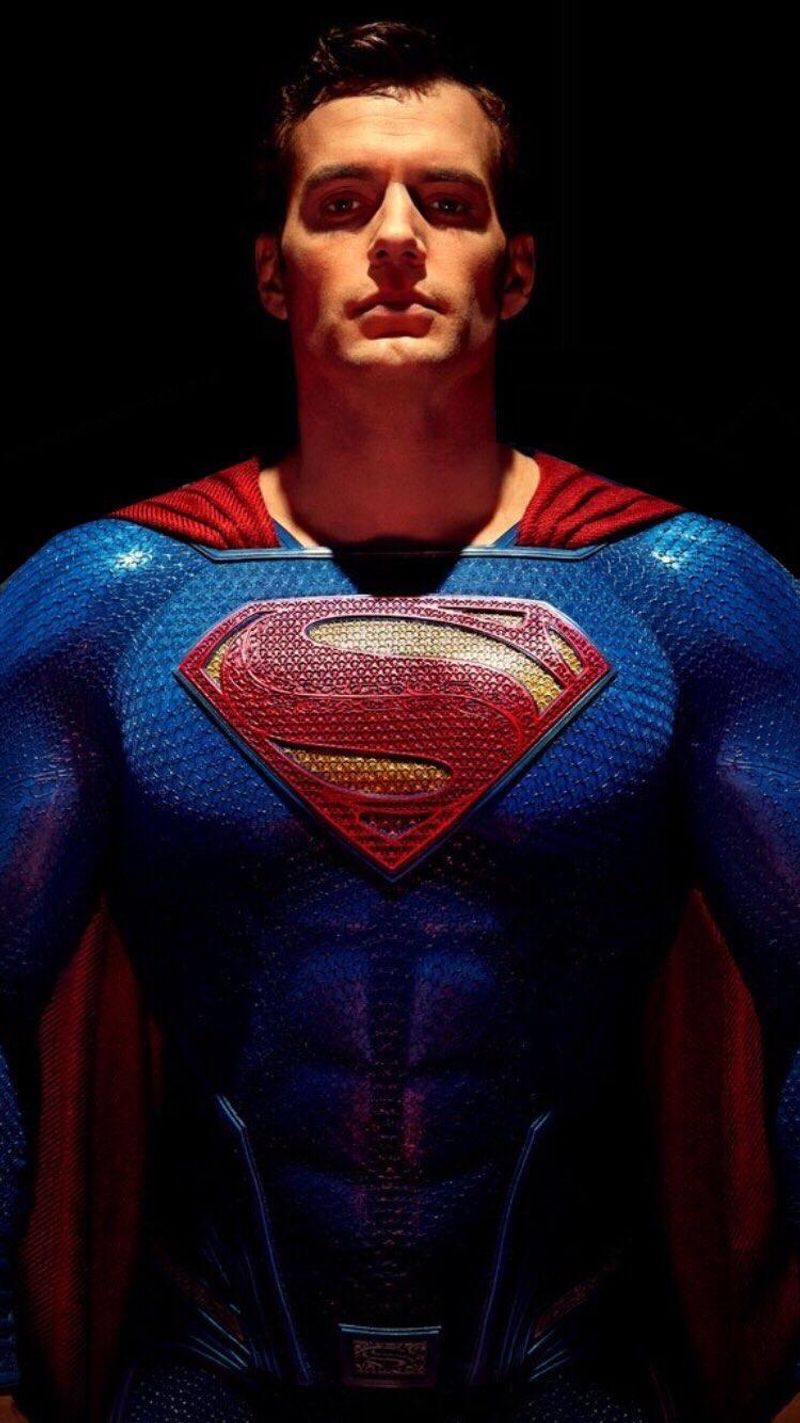
When Henry Cavill was called back for reshoots, he was contractually obligated to keep his mustache for another film role. Rather than working around this, Warner Bros. decided to digitally remove the facial hair in post-production. The result is immediately noticeable in the film’s opening scene featuring Superman, where his face looks disturbingly unnatural and waxy.
This uncanny valley effect is impossible to ignore and instantly became a meme. Viewers found themselves distracted by Superman’s weird-looking face rather than focusing on the story. For a big-budget superhero blockbuster, such obvious and distracting CGI work is inexcusable, especially in the crucial opening moments.
The mustache debacle perfectly symbolized the film’s troubled production and compromised vision. Starting with such a glaring technical failure immediately undermined audience confidence in the movie. If they couldn’t get Superman’s face right, what else would be wrong? It’s a terrible first impression that overshadowed everything that followed.
15. The Happening: The Sudden, Over-the-Top Suicide Scene
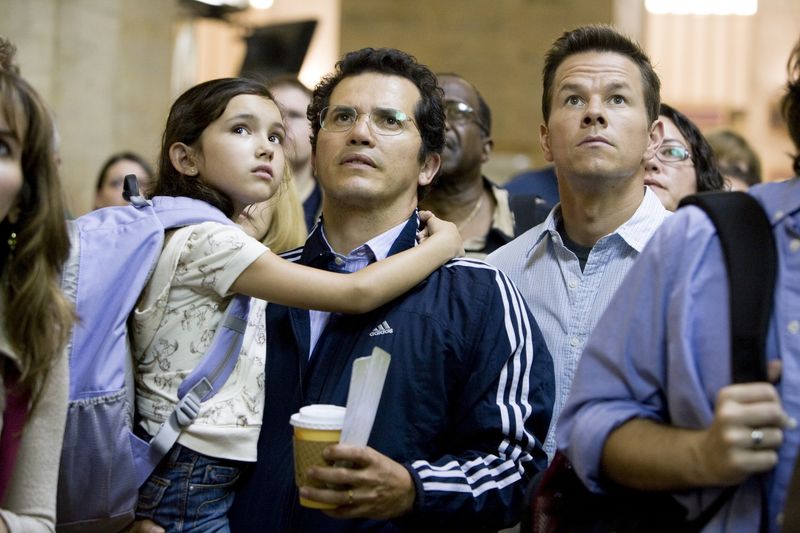
M. Night Shyamalan’s environmental thriller opens with people in Central Park suddenly freezing in place before violently taking their own lives.
A construction worker pulls a tool from his belt and stabs himself, a woman calmly removes her hairpin and jabs it into her neck. The scenes are meant to be shocking and horrifying but instead come across as unintentionally comedic due to awkward direction and stilted performances.
The problem isn’t the dark subject matter but how it’s executed. The acting feels wooden, the pacing is off, and the whole sequence has an amateurish quality that makes it hard to take seriously. Instead of feeling scared or disturbed, viewers often laugh at how silly it all looks despite the grim content.
This opening sets a tone of unintentional humor that persists throughout the film. It immediately signals that something is off about the movie’s execution. What should be a gripping, frightening introduction instead becomes an early warning that this thriller won’t deliver the scares it promises.
16. X-Men Origins: Wolverine: The Childhood Flashback That Feels Like a Soap Opera

Wolverine’s origin story begins in 1845 with young James Howlett discovering his mutant powers after a traumatic family incident. The scene is shot and acted like a period melodrama, complete with overwrought emotions, theatrical dialogue, and dramatic music swells. For a movie about a tough, gritty superhero, this opening feels jarringly out of place and overly sentimental.
The problem is tonal inconsistency. Audiences expecting a hard-edged action film about Wolverine instead get what looks like a tragic romance novel adaptation. The acting is hammy, the pacing is slow, and the whole sequence feels disconnected from the character fans know and love from other X-Men films.
This soap opera opening immediately raises concerns about the film’s understanding of its main character. Wolverine works best as a mysterious, dangerous figure, not the subject of a weepy family drama. Starting with such a mismatched tone suggested the movie would struggle to capture what makes the character compelling, which unfortunately proved accurate.
17. Alien³: Killing Off Major Characters in the Opening Credits
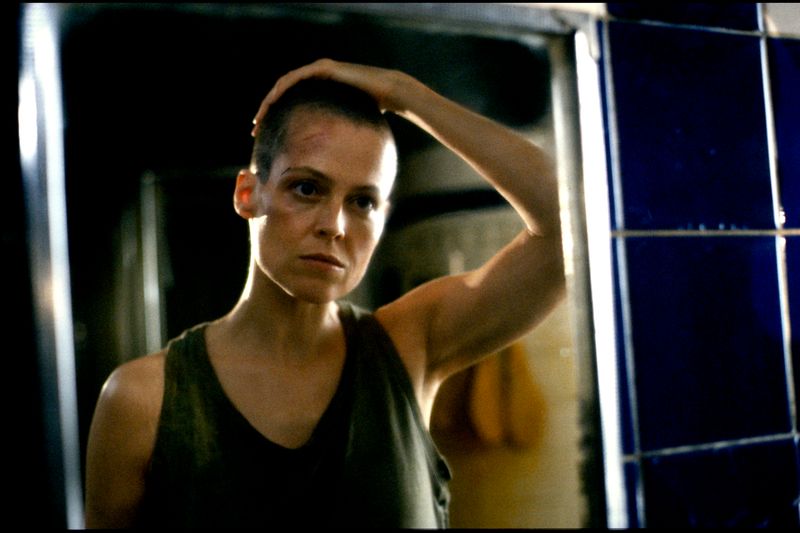
Fans of Aliens celebrated when Ripley, Newt, and Hicks survived that film’s harrowing events. Alien³ casually kills off Newt and Hicks during the opening credits before the story even begins. This shocking decision felt like a slap in the face to audiences who had emotionally invested in these characters’ survival and Ripley’s found family.
The deaths happen off-screen due to a vague accident, robbing them of any dramatic weight or meaning. Characters who survived intense battles with xenomorphs die unceremoniously in their sleep. This dismissive treatment angered fans and immediately soured them on the entire film before it properly started.
Director David Fincher inherited this decision from previous script drafts, but it remains one of cinema’s most controversial opening moves. It signals that nothing from the previous film matters and that this sequel will be relentlessly bleak. While some appreciate the bold nihilism, most viewers felt cheated and betrayed from the very first minutes.
18. Halloween Ends: Random New Character Opening
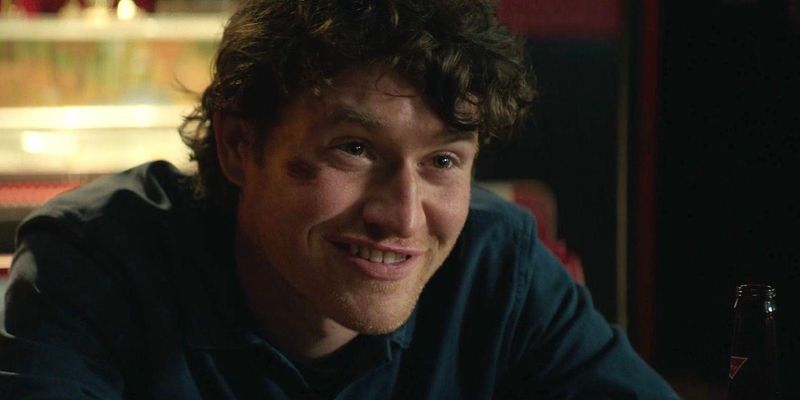
Audiences came to Halloween Ends expecting to see Laurie Strode and Michael Myers continuing their decades-long battle. Instead, the film opens with an extended sequence following Corey Cunningham, a completely new character nobody had heard of, as he babysits a child on Halloween night. The sequence plays out like a short film that has nothing to do with the franchise.
This baffling choice left viewers confused and frustrated. They paid to see the conclusion of an iconic horror saga, not watch a random guy they don’t care about in what feels like a different movie entirely. The opening goes on for so long that people began wondering if they were in the wrong theater.
When Michael Myers finally appears much later, the damage is done. The film has already spent its crucial opening establishing a character and tone that doesn’t match expectations or the series’ legacy. It’s a bizarre creative decision that alienated fans immediately and made the entire film feel disconnected from what it was supposed to be.
19. Twilight: The Deer-Chasing Intro

Before audiences meet Bella Swan or understand anything about the story, Twilight opens with mysterious pale figures chasing a deer through the forest at superhuman speed. The scene is shot in slow-motion with dramatic music, clearly trying to establish an atmosphere of dark romance and danger. Instead, it comes across as awkward and unintentionally funny.
The problem is that without context, watching people hunt a deer in extreme slow-motion just looks strange rather than intriguing. The overly serious tone applied to what’s essentially just running around in the woods feels pretentious. Viewers unfamiliar with the books have no idea what they’re watching or why they should care.
This opening sets the stage for the film’s often-mocked earnestness. Everything is treated with maximum dramatic intensity, even mundane activities like catching dinner. While fans of the books understood the vampire context, general audiences found this mysterious cold open more confusing and silly than compelling or romantic as intended.
20. Transformers: Age of Extinction: The Dinosaur Bombardment Scene

Michael Bay decided to open his fourth Transformers film with the extinction of the dinosaurs, shown in excessive CGI spectacle as alien ships bombard Earth millions of years ago. Explosions fill the screen, dinosaurs run in panic, and metal objects crash everywhere in typical Bay fashion. The sequence has nothing to do with the human characters or the Transformers audiences came to see.
This opening exemplifies Bay’s approach of prioritizing visual chaos over coherent storytelling. The dinosaur scene exists purely to show off effects work and provide explosions, not to establish character or plot. By the time the movie finally gets to present day, viewers are already exhausted from sensory overload.
The prehistoric prologue also confuses the franchise mythology in ways that don’t pay off satisfyingly. It feels like it belongs in a completely different movie about ancient aliens, not a story about sentient robots. Starting with such a disconnected, over-the-top sequence signals that the film will prioritize spectacle over substance, which unfortunately proved completely accurate.

Comments
Loading…